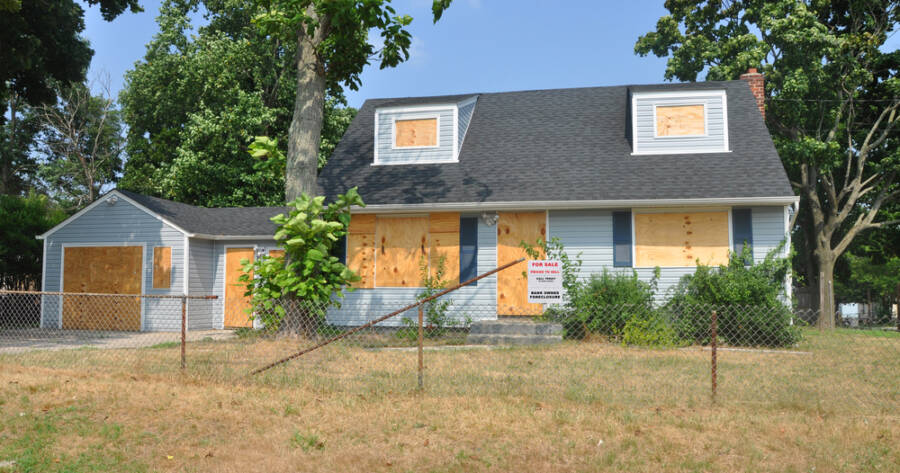Though often overlooked, abandoned homes can be a goldmine for the savvy investor. These properties can offer a unique opportunity for substantial returns with proper renovation. Additionally, revitalizing these homes can significantly contribute to community development and local property values.
What Is an Abandoned Home?
An abandoned home is a property that has been vacated by its previous occupants and left unattended for an extended period. These homes can become abandoned for various reasons, such as financial distress, legal issues, or property decay.1
They often exist in a state of neglect, requiring significant attention and investment to restore. Researching online can provide valuable insights into identifying these properties and understanding the legalities and market dynamics involved.
The Pros and Cons of Buying Abandoned Homes
Investing in abandoned homes comes with its unique set of advantages and challenges. For instance, here are some of the pros and cons to keep in mind:
Pros:
- Cost-effective: Often priced below market value, these properties can be great bargains.
- Renovation potential: They can offer a blank canvas for renovations, allowing for creative customization.
- Profitable resale value: Once renovated, these homes can often be sold for a considerable profit.
Cons:
- High renovation costs: The cost of repairs and renovations can be substantial.
- Legal and financial complications: Navigating the legalities of purchasing an abandoned property can be complex.
- Risk of unexpected issues: Structural problems and unforeseen damages can be common.
How To Invest in an Abandoned Home
Investing in an abandoned home requires careful planning and research.2 Here are steps to help you get started:
- Identify potential properties: Consider using online tools and resources to locate abandoned homes in your desired area.
- Conduct thorough research: Understand the property’s history, legal status, and any outstanding debts or liens.
- Evaluate renovation needs: Assess the extent of repairs and renovations needed and estimate the associated costs.
- Seek professional advice: Consider consulting with real estate experts, lawyers, and contractors.
Financing Your Investment
Securing financing for an abandoned home can be challenging but not impossible. Traditional lenders may be hesitant to fund such ventures due to the perceived risks. However, alternative financing options like hard money loans, private investors, or specialized renovation loans can provide the necessary capital. Additionally, some government programs offer grants or low-interest loans aimed at revitalizing distressed properties, which can be beneficial for investors willing to undertake significant renovation projects.
The Importance of a Detailed Plan
A successful investment in an abandoned home hinges on a well-thought-out plan. It’s generally a good idea to begin with a comprehensive inspection to uncover any hidden issues that might escalate costs. It can be smart to develop a realistic budget that includes a buffer for unexpected expenses and a timeline that accounts for potential delays.
You may want to prioritize essential repairs that can enhance the property’s safety and structural integrity before moving on to cosmetic improvements. By staying organized and prepared, you can mitigate risks and increase the likelihood of a profitable outcome.
Finding Help Today
Embarking on the journey of buying and renovating an abandoned home can be both challenging and rewarding. The key to success lies in continuous learning and adapting. Remember, the right information can turn an abandoned property into a profitable investment. With careful planning, thorough research, and strategic financing, you can transform a neglected house into a valuable asset that can not only enhance your financial portfolio but also contribute positively to community revitalization.
